Electric Parking Brakes
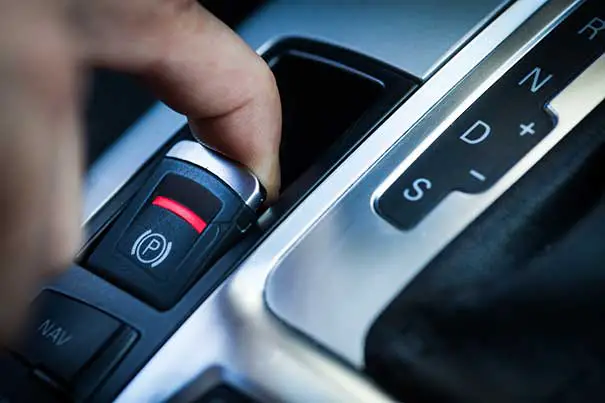
In some models, the manufacturers have replaced mechanical parking brakes with electronic systems that take up less room in the passenger compartment and require less maintenance and fewer adjustments.
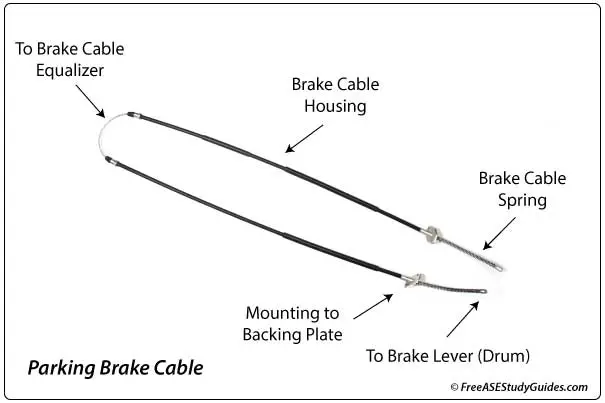
There are two types. First, cable-puller EPB parking brakes use cables that require periodic checks and adjustments. Then, caliper-integrated EPB parking brakes with actuators fastened to the brake caliper and no cables to adjust.
EPB Calipers with Actuators
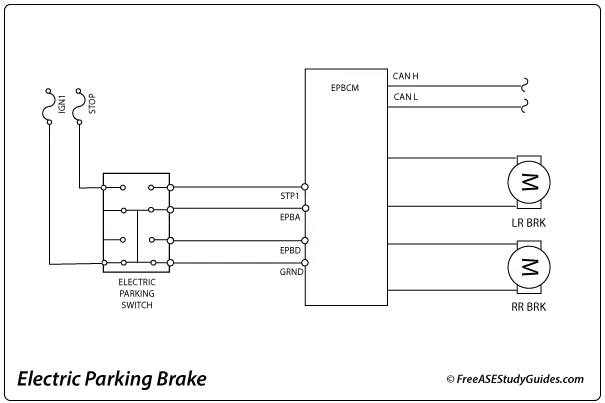
The EPB switch on the center console or dash activates and deactivates the parking brake. The EPBM controller receives the signal from the EPB switch and then checks different sensors and switch signals over the CAN (Controller Area Network) before engaging or disengaging the brake. For example, the driver may have to depress the brake pedal and trigger the brake switch signal before the system releases the parking brake.
They offer many advantages over manual systems. Integrated automatic computer-controlled features like Hill/Start and Hill/Hold are convenient, especially with vehicles equipped with manual transmissions.
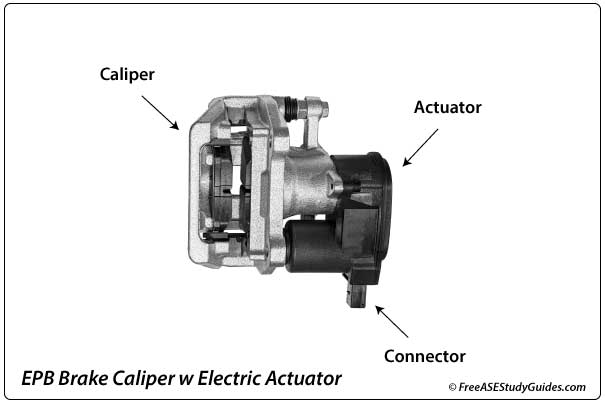
Most vehicles have EPB calipers with computer-controlled actuators attached to the caliper. These motors, fuses, and the switch are the most common failure points. Electric parking brakes are best diagnosed with a scan tool and a multimeter.
The motors in the actuators typically make a slight whining sound when the system is activated. If only one actuator operates, there's likely a problem with the other actuator or its circuit.
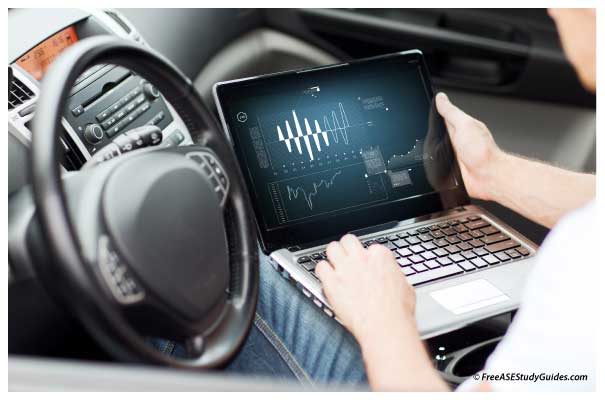
Electric braking systems require a manufacturer-specific procedure to place the system in service or maintenance mode before servicing the brake pads. The process depends on the vehicle. A scan tool or the vehicle's navigation center is typically used to place the system in service mode before servicing the brakes.